Pathogen diversity and mating types of Didymella rabiei isolates collected from Morocco

Authors:
Ascochyta blight (Didymella rabiei) is an economically important disease of chickpea in Morocco and other parts of the world. Knowledge about pathogen diversity and their aggressiveness in the Moroccan D. rabiei population can help breeders to develop appropriate breeding strategies for the management of Ascochyta blight. The genetic diversity of 41 D. rabiei isolates collected from four major chickpea growing regions of Morocco and 40 isolates from Syria was estimated using nine polymorphic microsatellite markers. Multiplex MAT-specific PCR with three primers was used for mating types frequency analysis in the Moroccan populations. The aggressiveness of D. rabiei isolates was assessed using four chickpea differential genotypes and seven Moroccan Kabuli chickpea cultivars. The Moroccan D. rabiei population showed high genetic diversity (Ht=0.60) similar to many populations worldwide. The diversity was distributed within regions with no geographic preferences inside Morocco but with differentiation from the Syrian population. The high genetic diversity may be due to high gene flow among regions and/or to the presence of both mating types (MAT 1-1 and MAT 1-2), that can enhance the risk of sexual reproduction of D. rabiei. This genetic diversity could be responsible for the variation of Moroccan isolates in their aggressiveness on chickpea genotypes. Three pathotypes were identified, where the highly aggressive pathotype caused high disease severity on most of the released chickpea cultivars. This is the first report of pathogen diversity, mating types, and aggressiveness of D. rabiei population in Morocco. The information will be useful to breed chickpea cultivars resistant to pathotypes with high levels of aggressiveness to minimize the resistance breakdown of popular chickpea varieties.
